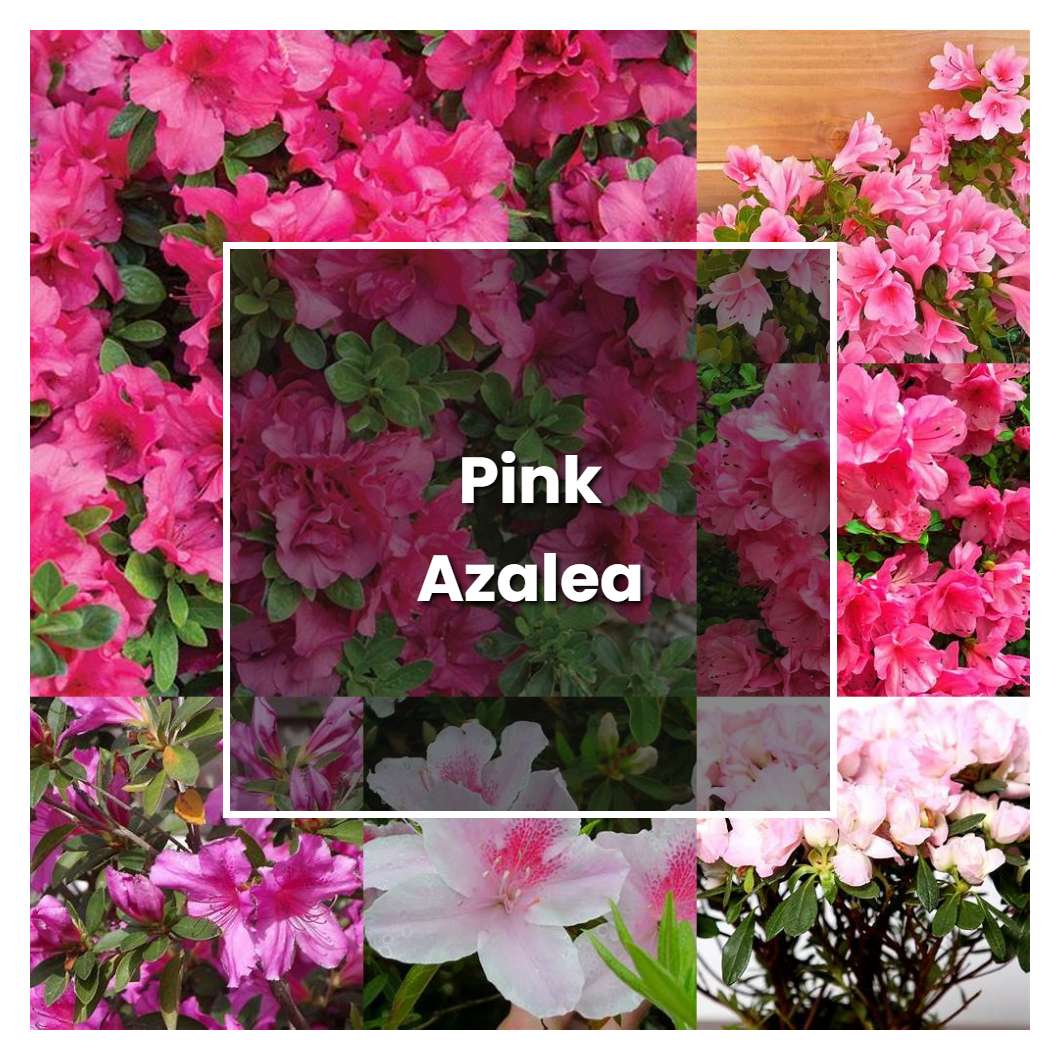Pink azalea is a popular ornamental plant in many gardens. It is prized for its showy flowers that bloom in early spring. The flowers are usually pink, but white and purple varieties are also available.

Related plant:
Buddleja Davidii Pink Delight
Related plant:
Pink Rhododendron
About soil condition, the pink azalea needs well-drained, acidic soil with a pH of 5.5 to 6.5. The plant is very sensitive to wet feet, so make sure the planting site has good drainage. If your soil is too alkaline, you can lower the pH by adding sulfur.
Similar to other azaleas, the pink azalea requires full sun to partial sun in order to thrive. This means that it should be placed in an area of your yard that receives at least six hours of direct sunlight each day. If you live in a climate with very hot summers, you may need to provide some afternoon shade for your pink azalea to prevent it from getting too much sun.
The temperature conditions are ideal for the growth of the pink azalea. The plant prefers temperatures that are between 55 and 75 degrees Fahrenheit. During the day, the plant should be in a location that receives direct sunlight. At night, the plant should be in a location that is cool and dark.
Ideal humidity condition for this plant species is 40-60%. The plant does not tolerate drought conditions and will quickly start to wilt if the soil is too dry. Wet, soggy conditions will also cause the plant to suffer, as will overly dry conditions.
About fertilizer, this plant prefers a light application of an all-purpose fertilizer in early spring. Many gardeners add a layer of compost to the soil around their plants each spring as well. This is a good time to check the root system of your azaleas as well. If the roots seem crowded, you may want to transplant the plant to a larger pot or a spot in the garden.
Pruning is a crucial part of keeping your pink azalea healthy and looking its best. Azaleas are best pruned in late winter or early spring, before new growth begins. To prune, first remove any dead, diseased, or damaged wood. Then, cut back any branches that are crossing or rubbing against each other. Finally, shape the plant by trimming back any long or out-of-place shoots.
Propagation is the act of producing more plants from a single plant. This can be done through a number of different methods, including seed propagation, vegetative propagation, and bulb propagation. Seed propagation is the most common method of propagation, and it is relatively easy to do. Vegetative propagation is a bit more challenging, but it can be done with some practice. Bulb propagation is the most difficult method of propagation, but it is also the most rewarding.
Usually, the plant growth rate is about 6 to 12 inches per year. The fastest growth rate is usually in the first two years after planting. The plant's size will depend on the cultivar, but most pink azaleas grow to be 2 to 4 feet tall and wide.
Common problems for this kind of plant are powdery mildew, root rot, and leaf spot. Powdery mildew looks like a white powder on the leaves and can cause the leaves to turn yellow and fall off. Root rot is caused by too much water and can make the plant's roots turn brown and mushy. Leaf spot is caused by a fungus and can make the leaves turn yellow, brown, and fall off.
Source:
Rhododendron vaseyi (Pinkshell Azalea) | North Carolina
Native Azaleas - Pink Group - Thomas Jefferson High School for
Azaleas for the Landscape - Mississippi State University
